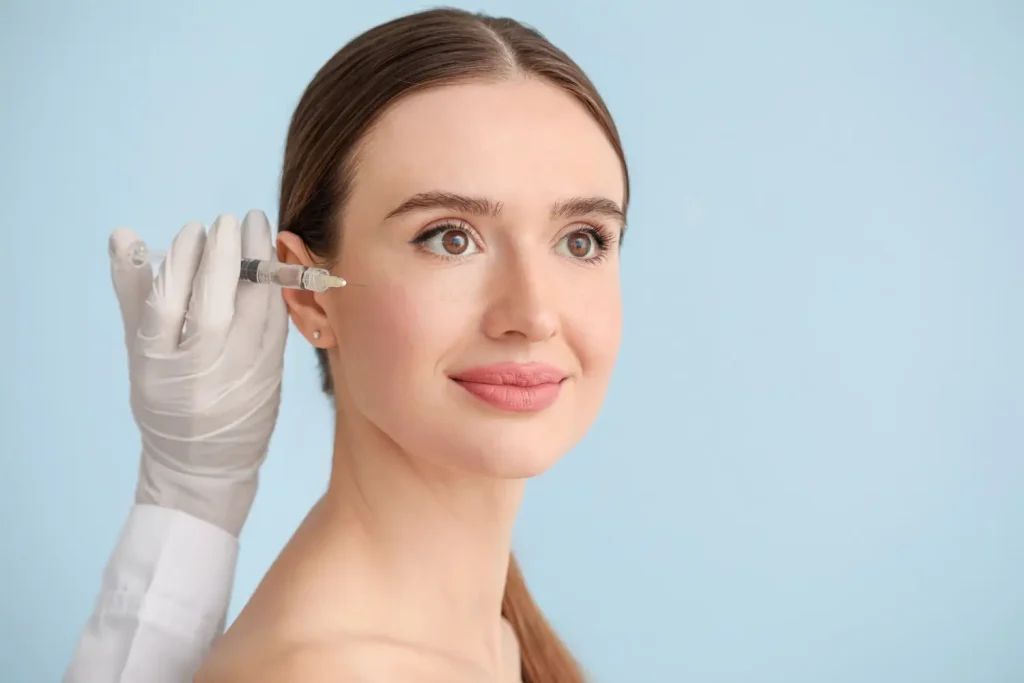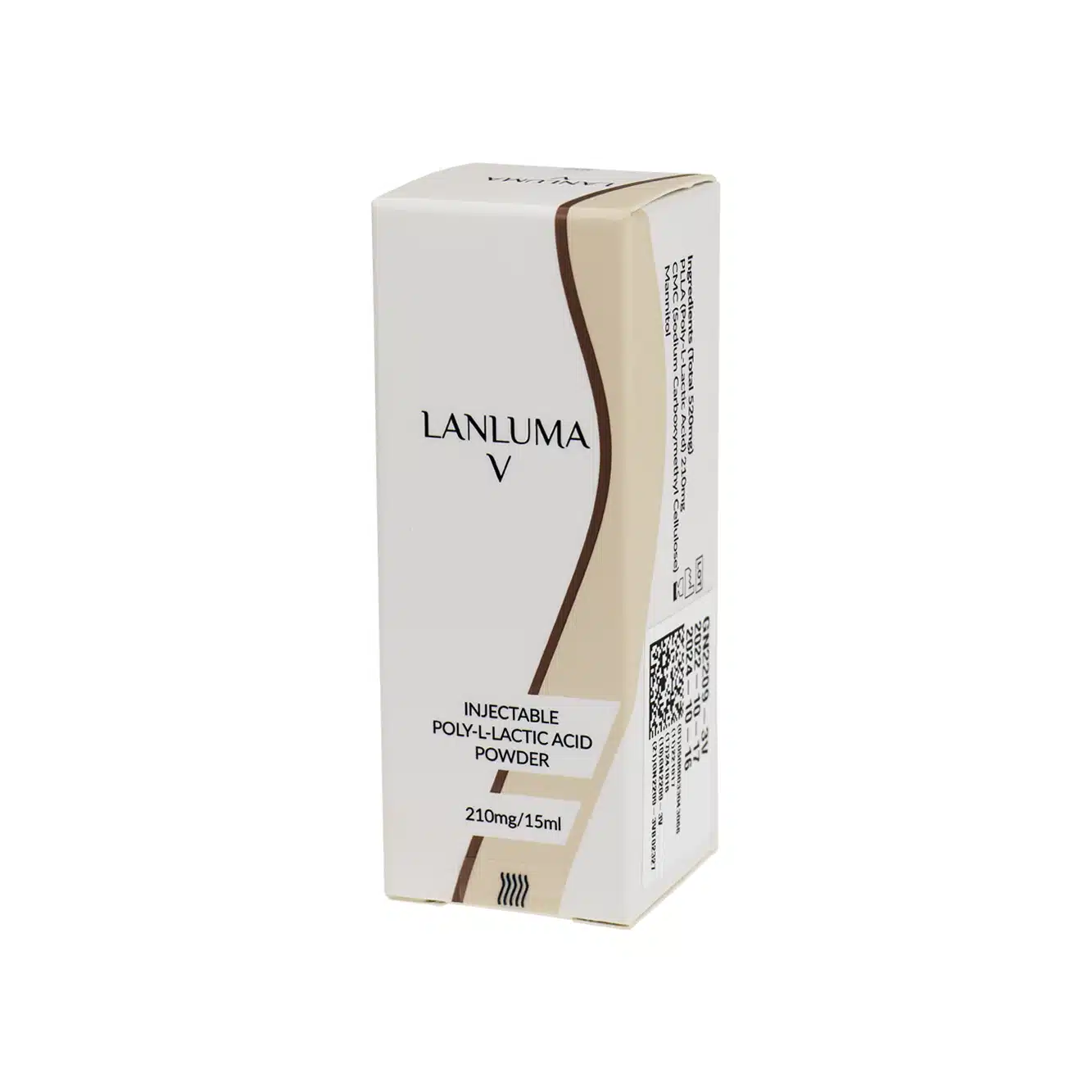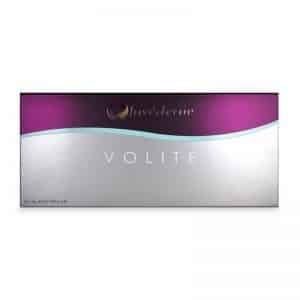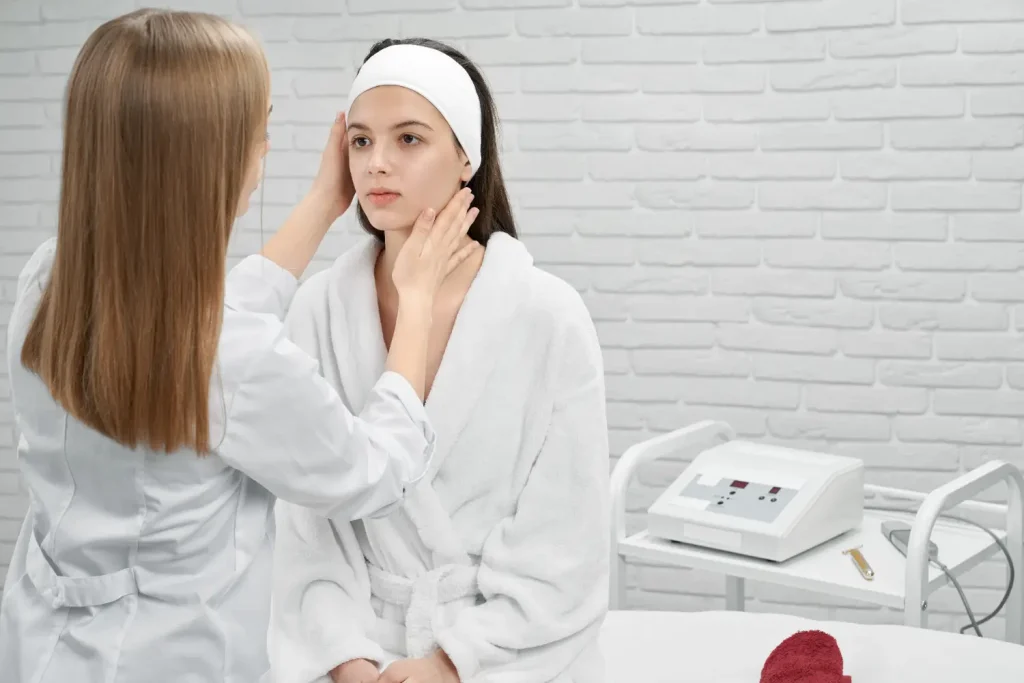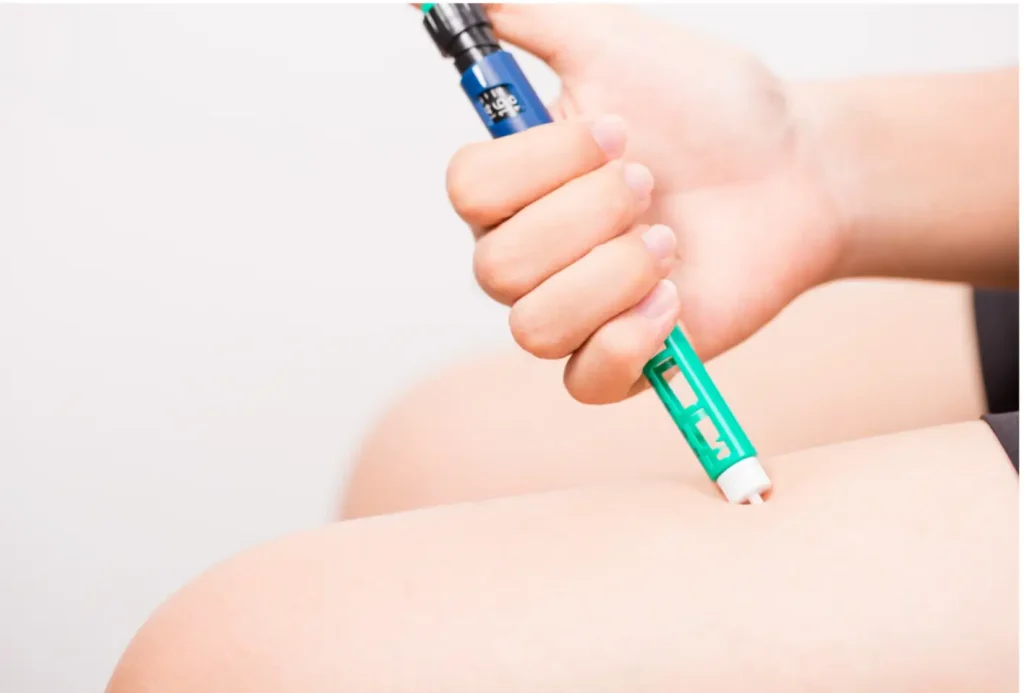In the world of non-surgical facial rejuvenation, poly-L-lactic acid (PLLA) has made a significant mark, starting its journey as a material for dissolvable surgical sutures and eventually becoming known for its impressive collagen-stimulating abilities. A 2024 review found that PLLA could improve dermal thickness and address facial lipoatrophy for up to 25 months, showcasing its long-lasting effects and regenerative potential.
Today, PLLA is the key ingredient in injectable treatments like Lanluma and Sculptra, both of which use the power of collagen activation to restore volume and improve skin quality. While they share this common mechanism, Lanluma and Sculptra differ in how they are formulated, administered, and used for various aesthetic goals. These subtle differences play a crucial role in determining the best choice for each patient.
In this article, we’ll take a closer look at how both products work, compare their aesthetic applications, and highlight the differences in safety, longevity, and suitability for different individuals’ needs.
Key Takeaways
- Lanluma and Sculptra are both poly-L-lactic acid (PLLA) injectables that stimulate collagen production for gradual, long-lasting volume restoration.
- Lanluma offers versatility for both facial and body treatments.
- Sculptra is FDA-approved for facial volume loss, while Lanluma is CE-marked for both facial and body contouring, providing more flexibility for practitioners focusing on full-body aesthetics.
- Both products require multiple sessions spaced 4-6 weeks apart, with results becoming visible 6-12 weeks post-treatment. Full effects can last 18-24 months, with annual maintenance treatments recommended for sustained results.
- Lanluma and Sculptra carry common side effects like swelling, bruising, and tenderness, with rare risks such as nodules, granulomas, or asymmetry, often related to improper technique or inadequate post-treatment care.
- Risk mitigation includes ensuring proper injector training, reconstitution, injection technique, and post-care to prevent complications.
About: Medical Spa RX provides medical practices with premium products at the best prices. If you’re looking to buy Lanluma online for your practice, the sales representatives at Medical Spa RX can give you guidance.
Lanluma vs Sculptra: Composition, Formulation, and Mode of Action
When it comes to collagen-stimulating injectables, Lanluma and Sculptra are leading options that utilize poly-L-lactic acid (PLLA) to gradually restore lost volume. Both products are designed to boost collagen production, but they come with their own formulations and methods of action, which play a crucial role in their effectiveness and patient outcomes.

Sculptra is typically supplied as a lyophilized powder, which needs to be reconstituted with sterile water before administration. In many cases, it’s mixed with lidocaine to help improve patient comfort during treatment.
On the other hand, Lanluma comes in two versions: Lanluma V for facial areas and Lanluma X for larger body zones. Just like Sculptra, it requires dilution before use.
Both treatments stimulate fibroblasts, the skin cells responsible for producing collagen. This results in a gradual improvement in skin texture, volume, and overall youthful appearance. Unlike hyaluronic acid-based fillers, which provide instant volume, PLLA injectables offer progressive, long-lasting results that give a more natural and subtle enhancement over time.
Patients can track these improvements through Sculptra or Lanluma before and after photos, which provide a clear visual representation of the gradual transformation that occurs with each session.
Lanluma vs Sculptra: Approved Uses and Off-Label Applications
While both Lanluma and Sculptra rely on the collagen-boosting powers of poly-L-lactic acid (PLLA), they have different approved uses and off-label applications, which affect their versatility in aesthetic treatments.
Approved Uses
- Sculptra: FDA-approved for facial volume loss (cheeks, temples, nasolabial folds)
- Lanluma: CE-marked for both facial and body contouring (buttocks, thighs)
Off-Label Applications
- Sculptra: Popular off-label for non-surgical butt lifts and hip dips
- Lanluma: Used for full-body sculpting with two formulations (V for face, X for body)
Key Considerations
- Both require multiple sessions for optimal results
- Outcomes are gradual and natural-looking
- Practitioner experience is essential, especially for off-label use
Lanluma vs Sculptra: Treatment Protocols and Duration of Results
The treatment protocols for both Lanluma and Sculptra generally involve multiple sessions for optimal outcomes, though the specific timing and dosing can vary depending on the treatment area and patient goals.

Both treatments typically require 2 to 4 sessions, spaced about 4 to 6 weeks apart. Sculptra is often used for facial rejuvenation, while Lanluma offers greater flexibility for both face and body, with larger areas requiring a bit more product for the best results.
Patients can expect gradual results, typically becoming visible 6 to 12 weeks post-treatment as collagen starts to build up in the treated areas. Lanluma and Sculptra both provide long-lasting effects, with results lasting 18 to 24 months, and some patients maintain their outcomes even longer. Annual maintenance treatments are usually recommended to keep the results.
Proper aftercare, including massaging the treated areas, can help ensure that the collagen is evenly distributed, reducing the risk of nodules or uneven results.
Lanluma vs Sculptra: Safety Profiles and Risk Mitigation
Both Lanluma and Sculptra are considered to have strong safety records when administered by trained professionals, but, like any injectable treatment, they carry certain risks that patients and clinicians should be aware of.
Common side effects for both products include swelling, bruising, and tenderness at the injection sites. These effects are typically mild and subside within a few days. Rare risks include nodules, granulomas, or asymmetry, which are often linked to improper technique or inadequate post-treatment care.
Risk mitigation strategies for both Lanluma and Sculptra include:
- Using certified injectors with specific training in PLLA-based treatments.
- Following proper reconstitution and injection protocols to minimize complications.
- Educating patients about the importance of post-treatment massage to ensure even collagen distribution.
- Tailoring dosing and vial selection (i.e., Lanluma V/X vs. Sculptra standard) to the specific treatment area.
Both products can be safe when performed correctly, and ensuring proper training and adherence to safety protocols is essential for achieving the best outcomes.
Conclusion
Choosing between Lanluma and Sculptra depends on the specific treatment area, patient goals, and the practitioner’s experience with each product. Sculptra is more widely available and has a proven track record for facial volumization, while Lanluma offers more flexibility for both facial and body treatments, making it a versatile option for clinicians focused on full-body aesthetics.
Patients should consider several factors when making a decision:
- Regulatory approval in your region (Sculptra is FDA-approved, while Lanluma is CE-marked).
- The treatment area (facial vs. body contouring).
- The desired duration and subtlety of results.
- Patient comfort and adherence to aftercare guidelines.
Both treatments can deliver natural, long-lasting improvements when administered correctly. By tailoring the choice to individual patient needs and preferences, clinicians can ensure the best aesthetic outcomes.
FAQs
1. How long do Lanluma results last?
Results typically last 18 to 24 months, with gradual improvements becoming visible within 6 to 12 weeks.
2. Is Lanluma safe for body treatments?
Yes, Lanluma can work for both facial and body applications, including buttocks, hips, and hands.
3. How many Lanluma sessions will a patient need?
Most patients need 2 to 4 sessions of Lanluma injection spaced a few weeks apart for optimal and long-lasting results.
4. Can Lanluma be combined with other treatments?
Yes, it can complement other injectables and skin treatments, but should be planned with proper timing and safety considerations.
5. Who is not a candidate for Lanluma?
Patients with active infections, autoimmune disorders, or a history of severe allergies should avoid treatment without specialist consultation.
References
Signori R, De Paula Barbosa A, Cezar-Dos-Santos F, et al. Efficacy and Safety of Poly-L-Lactic Acid in facial aesthetics: a systematic review. Polymers. 2024;16(18):2564. doi:10.3390/polym16182564
Amselem M, Fatsea D, Forte R, Hasenöhrl C, Haus A, Salaabian A. Safety and effectiveness results of an innovative injectable poly‐L‐lactic acid‐based collagen stimulator (Lanluma®)—Clinical outcomes at 9 months in a post‐market study. Journal of Cosmetic Dermatology. Published online September 4, 2024. doi:10.1111/jocd.16527

